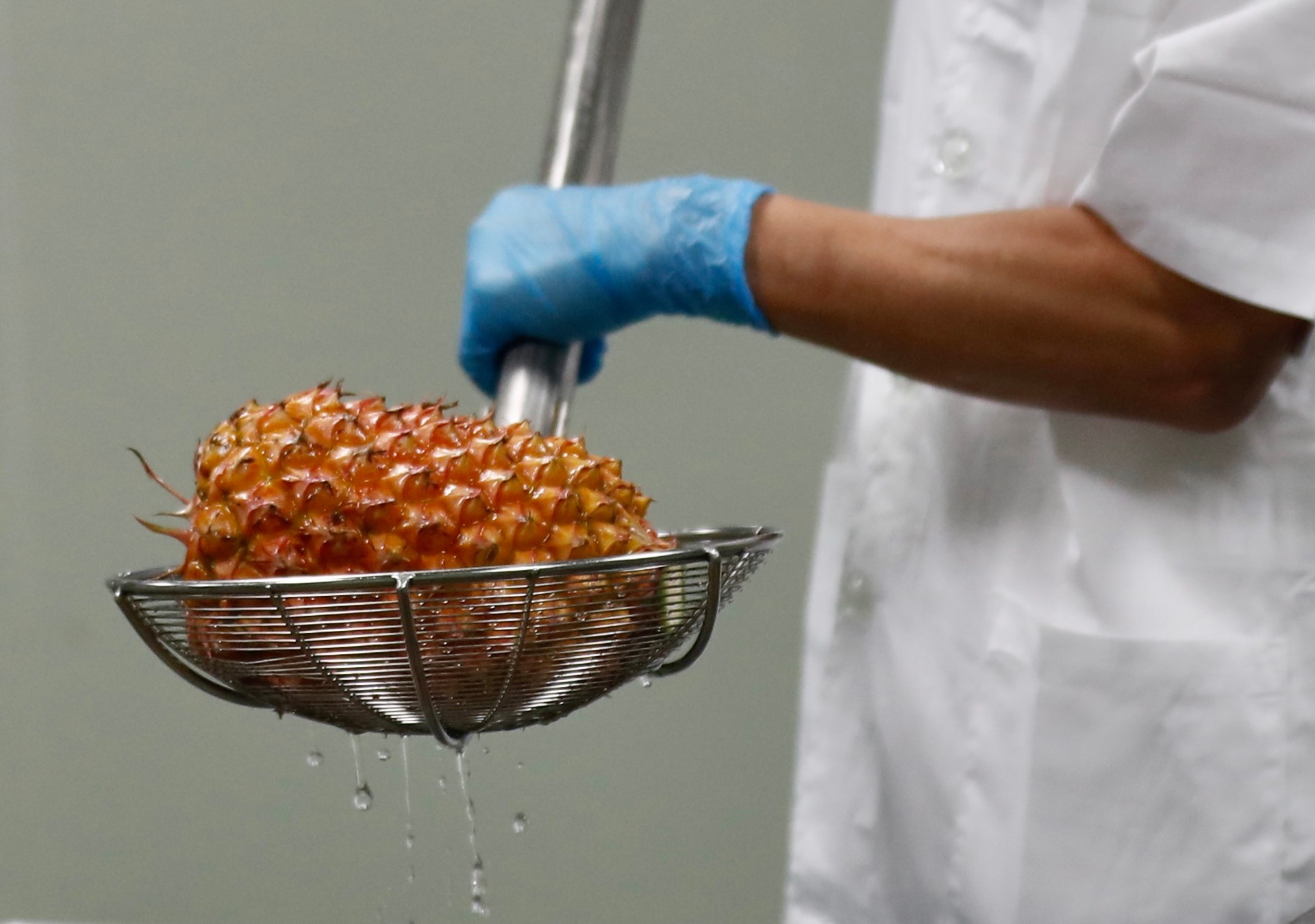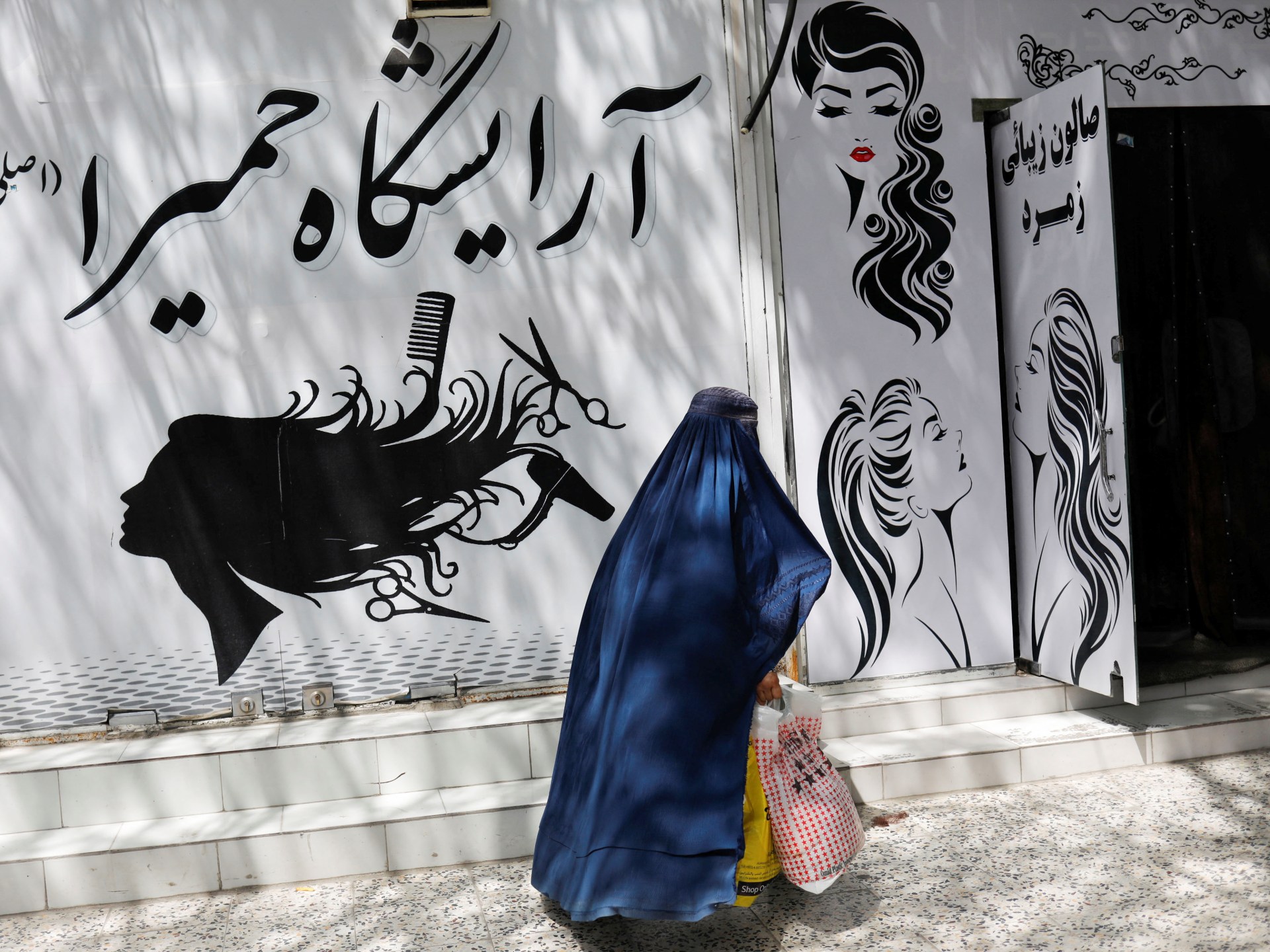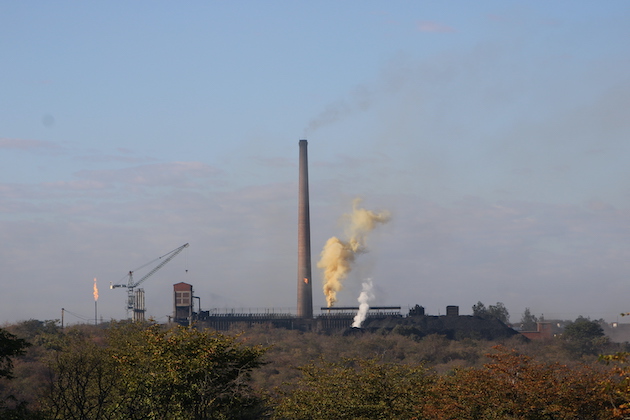Argentines Get Used to the Fact that Inflation Can Always Get Worse — Global Issues
BUENOS AIRES, Nov 16 (IPS) – People in Argentina have become accustomed to the fact that nothing costs the same today as it did the week before and they take price hikes in stride with resignation, says Mariano Cohen. “Almost nobody gets angry or complains anymore. They just don’t buy something if they can’t afford it,” he explains in his disposable goods store in Villa Crespo, one of Buenos Aires’ most commercial neighborhoods.
Mariano sells plastic cups, plates and bowls, cardboard packaging rolls and aluminum containers. He serves bars, restaurants and the public. He has a large sales room, about 80 square meters, and a mezzanine of the same size, which he uses as a warehouse and is a great asset for a merchant who sells non-perishable products.
The business owner tells IPS that he buys and stocks as much merchandise as he can, to anticipate price hikes.
“If I don’t have more, it’s because there’s no more coming in or because they don’t want to sell me large quantities. The other day a supplier suspended a very important delivery from one minute to the next and gave me back the money I had already paid him,” he comments, with the same gesture of resignation that, he says, his customers make when faced with the prices in his store.
The economy of this South American country, with a long history of imbalances and inflation, has entered a spiral of permanent price increases that has already squelched the capacity for amazement of its 46 million inhabitants.
In Argentina, the absurd has been normal for some time: here you can buy a pair of shoes in six installments without interest, with financing subsidized by the government or even by private banks, but to buy a house you must pay in cash, because mortgages are almost non-existent. Today, price rises are so common that people are surprised the few times that a price is the same from one week to the next.
In 2021, there was concern when inflation climbed to 50 percent per year, partly attributed to the impact of the COVID-19 pandemic, which forced an increase in currency issuance to meet social assistance needs. However, people soon became nostalgic for this figure: in 2022 the index climbed to 95 percent, the highest since 1991.
Even so, the economy of this nation – where more than 40 percent of the population is poor and practically no private sector employment has been created for the last 12 years – seems to be determined to prove that it can always get worse.
This year inflation climbed again, to an accumulative 103 percent in the first nine months alone, reaching 138 percent in the interannual index (from September 2022 to September 2023), according to official data. Projections indicate that 2023 will end with an increase in consumer prices of around 150 percent.

Emerging and drowning again
“I feel that the day I get paid my salary is the best day of the month, but also the worst,” Ariel Machado tells IPS, laughing bitterly.
“I’m happy when I get paid, but when I set aside the money for fixed expenses and calculate how much I’ll have left, I feel like I’m drowning again,” says Ariel, who has a son and is separated from his wife, and who is employed by a well-known public relations agency in Buenos Aires and also sells selected wines over the Internet to supplement his income.
A typical member of the strong middle class of Buenos Aires, used to going on vacation to the beaches of Brazil and dining in restaurants a couple of times a week, Ariel says that those things are now just memories and that today he sometimes feels like he’s spinning “on a wheel of unhappiness, because of the amount of things I want to do and can’t.”
He tries to forget about it, but doesn’t succeed. “Worrying about money consumes a lot of energy. Three years ago I couldn’t save either, but this didn’t happen to me. Now there are days when even having a cup of coffee outside the office seems like a wasteful luxury,” he says.
By his own admission, Ariel is not even remotely among the most vulnerable segments of the population, who spend practically all their income on food, prices of which have been rising more than average.
Latin America’s third largest economy is immersed in a process of stagnation and deterioration that began in 2012 and caused the governing parties to lose the last two presidential elections, in 2015 and 2019.
On Sunday Nov. 19, the next president will be chosen in a runoff election in which the ruling party’s centrist candidate Sergio Massa will compete against the far-right opposition candidate Javier Milei.
Only the extravagant proposals of Milei, who calls for the free carrying of arms and the creation of a market for the sale of organs, in addition to immediate dollarization and the elimination of the local peso from the Central Bank, have made Massa, who since 2022 is the Minister of Economy, competitive.
Elections always generate even more instability in the economy and situations that are difficult for visitors to understand.
Those who can afford to do so stock up on items in anticipation of what will happen to prices and consumption after the elections.
Thus, September, the month prior to the first round of elections, showed a strong increase in consumption in supermarkets (eight percent above the previous month, according to private sector data), comparable only to March 2020, when the pandemic confinement began.
In any case, the impact of inflation on the poorest is especially visible in the outskirts of the capital. Greater Buenos Aires is home to 15.5 million people, or one third of Argentina’s population, where more and more people sleep on the streets or wander around in search of something to eat.
The poor suffer from a decline that is measured not only in terms of income but also with respect to access to basic services and to environmental conditions.
A paper published in October by the Argentine Catholic University’s (UCA) well-respected Observatory of Social Debt found that since 2018 a process of reduction of the inequality gap began in Greater Buenos Aires, but due to the worsening living conditions of the middle class rather than to improvements in households in the most impoverished neighborhoods.
Members of these vulnerable sectors of Buenos Aires told IPS that the escalation of inflation is more a problem of the middle class people living in the city, who have to lower their standard of living and who are becoming poorer, while in their case “we were and are so bad off that a jump in inflation of 100 to 150 percent does not change anything for us.”
In addition, part of the poorest population of Buenos Aires and its outlying areas receives social assistance from the central or city governments, or from non-governmental organizations.

No reference point
José Lonardi owns a tiny shop selling candy, beverages and cigarettes on Paraguay Street, a few blocks from the Obelisk, an icon of downtown Buenos Aires. The prices of the merchandise, he tells IPS, increase almost every week, sometimes by three to five percent, and sometimes by 20 to 30 percent.
“Two or three years ago, customers still complained when prices went up, because they had some point of reference. Today, inflation has picked up so fast that nobody knows how much things are worth and nobody says anything anymore,” he remarks.
Against this backdrop, contradictory advice is rampant. The value of pesos is melting like ice cream under the sun and people want to get rid of them. On afternoon TV programs, a steady parade of economists advise people to buy large quantities of toilet paper to beat inflation.
Many people, however, do not pay attention to them: in different neighborhoods of Buenos Aires restaurants are always full, even on weekdays. “In the Argentine economy nobody knows what might happen next week. So pesos are burning holes in people’s pockets, and people, as long as they have them, spend them,” says José.
© Inter Press Service (2023) — All Rights ReservedOriginal source: Inter Press Service
Check out our Latest News and Follow us at Facebook
Original Source







